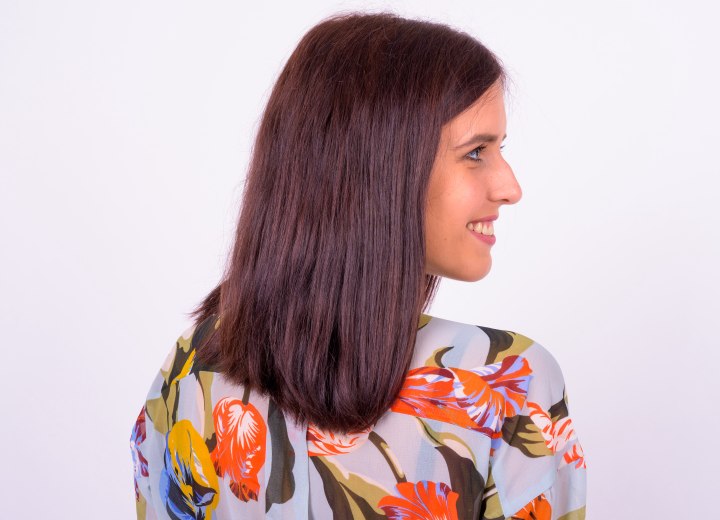Lighten Medium Brown Hair

What do I need to do to lighten my hair? I want to go from a medium brown to very light brown, and I have reddish tints in my hair as well. Am I dye resistant? My hair is in good condition and very soft.
A: The fact that your hair became darker with your first coloring attempt actually indicates your hair absorbs color quite well, not that it's resistant to dye. Many people make the common misconception that applying a lighter shade directly to darker hair will automatically lighten it. Unfortunately, hair color chemistry doesn't work that way.
To successfully lighten medium brown hair to a light brown shade, you need products specifically formulated to lift or disperse your current color pigments before depositing new ones. This lifting process is particularly important for addressing those reddish undertones you mentioned, which tend to become more pronounced during lightening.
For at-home solutions, consider using the L'Oréal Feria Hi-Lift Browns collection, which can lighten hair up to three levels. These specialized formulas contain higher concentrations of lightening agents balanced with conditioning ingredients to protect your hair's integrity. Always read the packaging instructions thoroughly to ensure the product matches your specific hair type and desired outcome.
Another effective approach is visiting a professional hair products store where you can purchase separate color and developer components. This allows you to customize your lightening process by selecting a stronger developer for more significant color lift. However, I strongly caution against using developers stronger than 30-volume without professional supervision, as they can cause significant damage to your hair shaft and scalp when improperly used.

Since you mentioned your hair is in good condition, you have an advantage. Healthy hair processes color more evenly and sustains less damage during chemical treatments. Without seeing your hair in person to evaluate its exact shade, porosity, and condition, I can only provide general guidance.
If you're uncertain about proceeding on your own, consulting with a hair salon might be worthwhile. They can create a customized plan that takes into account your specific hair characteristics and color goals while minimizing potential damage. Achieving your desired light brown shade might require a gradual approach with multiple sessions spaced several weeks apart to maintain your hair's health and structural integrity.
©Hairfinder.com
See also:
Hair coloring
The different types of hair color